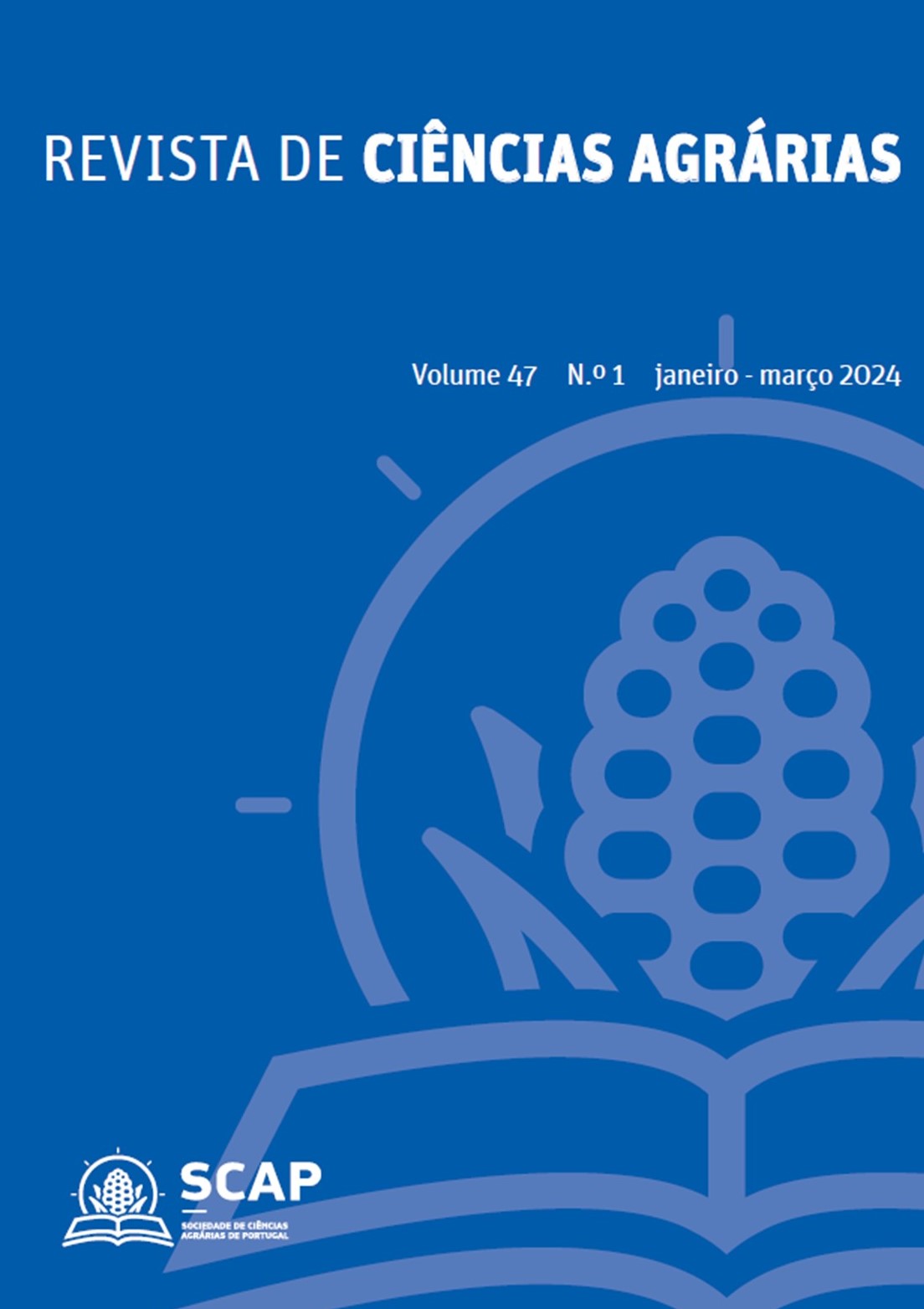Variety mixtures: an opportunity for the chickpea crop in semi-arid conditions
DOI:
https://doi.org/10.19084/rca.34849Abstract
Crop diversification using mixtures of varieties is one of the proposals being put forward in the context of organic agriculture. The mixture of varieties seeks to increase the functional diversity of the crop, which results in greater crop resilience in the face of changing and increasingly limiting environmental conditions and increases its competitive ability to weed species. Diversification of the chickpea (Cicer arietinum L.) by mixing varieties could improve its yield and facilitate the control of weeds while conserving its diversity. In order to evaluate this hypothesis, we proposed a trial of variety mixtures in a wheat-chickpea rotation, with a randomized block design. In this work, we present the results corresponding to the 2023 season of chickpea cultivation in which we compared the yield and weed abundance and diversity in mixtures of 2, 4 and 8 varieties to single variety cultivation. The mixtures were made by drawing lots from a set of 10 varieties among which there were kabuli type varieties, cream-colored and rounded seeds, and desi type, with small aristate seeds and brown or black color, which would allow us to have an acceptable level of genetic and functional diversity in the mixture. Our results showed that increasing the diversity of the crop can improve its resilience to the presence of weeds.


